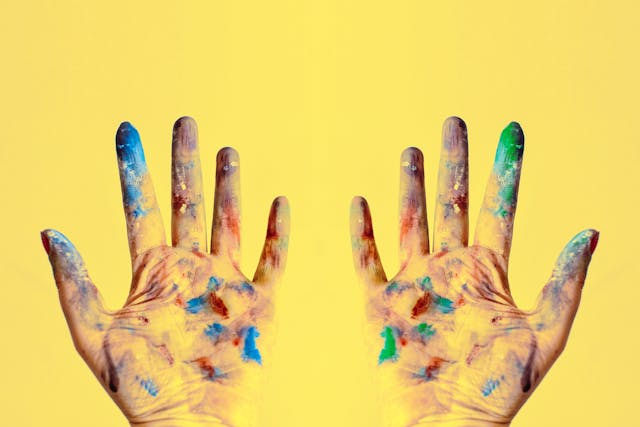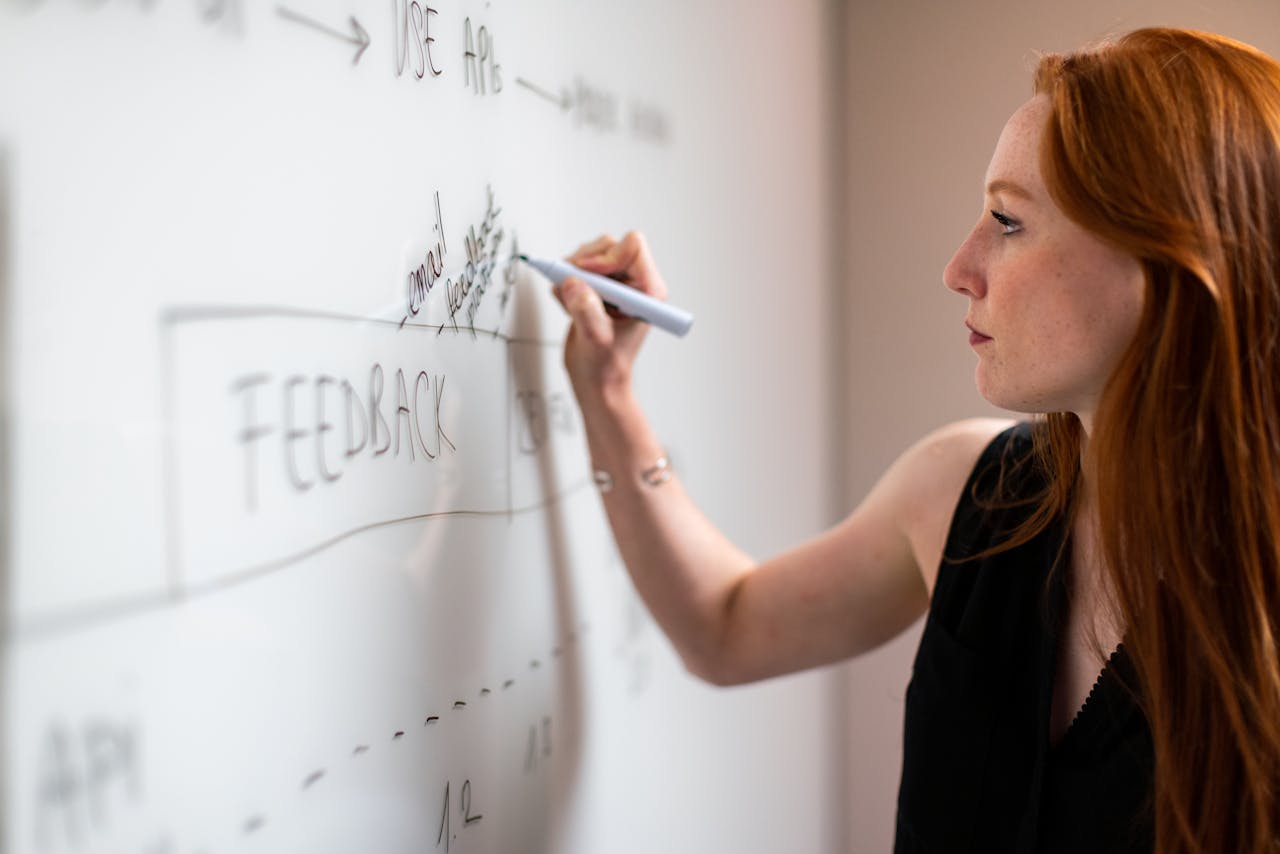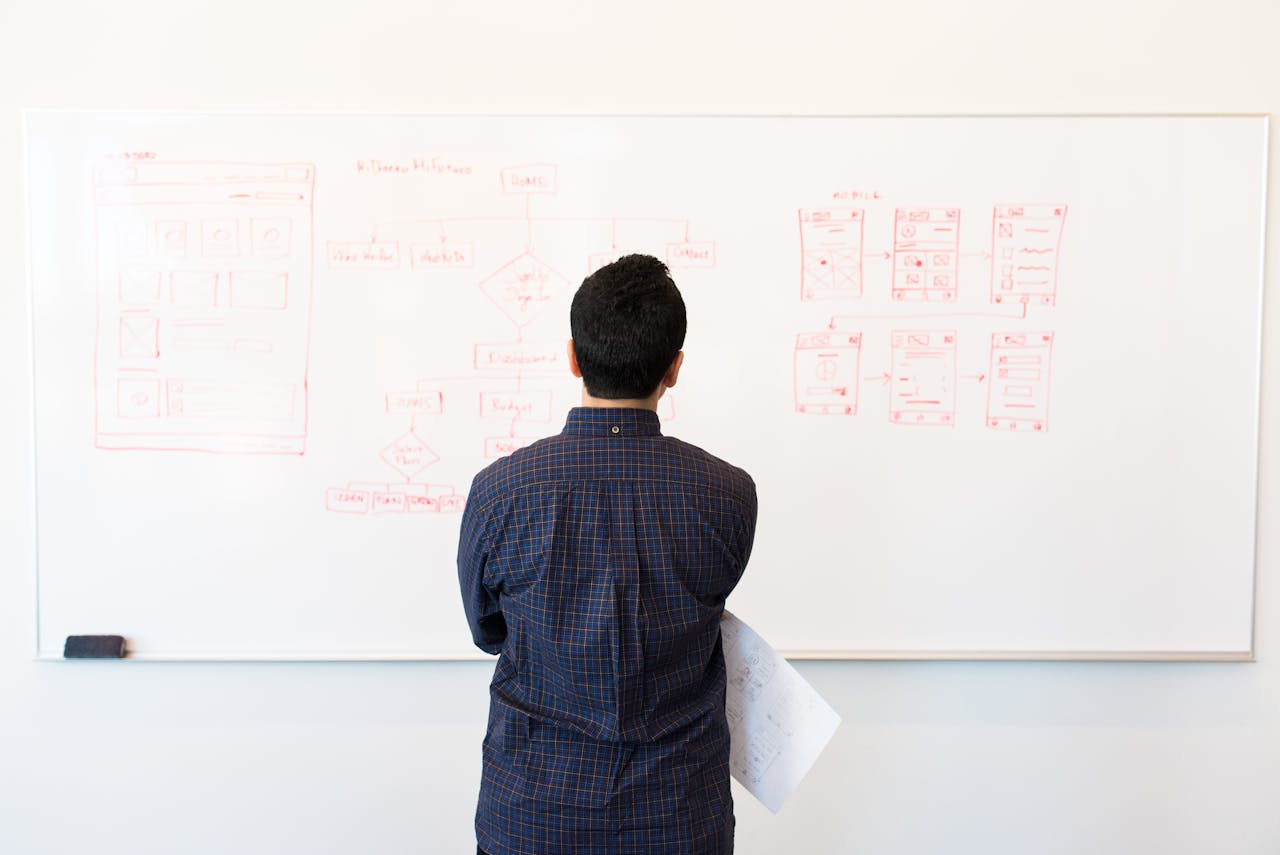“A degree in art, huh? What are you going to do with that?”
Some odd years ago, I found myself deciding what to do with my life, interested in everything but especially loving the art classes I was taking to fulfill my college general education requirements. While many people in my life were supportive of my chosen major (thank you for trusting me, Mom and Dad) I did get this feedback, or even a more sincerely curious version, from people on the regular.
The truth was I had no idea what I was going to do with that. I didn’t aspire to be the next Frida Khalo, but I had an opportunity to spend 4 years in the pursuit of what interested me most and art was definitely it.
While I didn’t know it at the time, it turns out, the experience of being a practicing artist was the perfect foundation on which to build my career in business. They may seem like vastly different crafts, but one of the correlations I felt early on in my business career was the love of owning the whole process. I read once that a key component to career happiness is seeing your work through from beginning to end. That what leads people to dissatisfaction is only getting to work on one small part and not seeing how their piece impacted the whole. This is true for me. In art, I loved coming up with an idea, figuring out how to bring it to life, and then seeing if reality matched up with my plans. In marketing, it’s often the same. As a brand manager, I was involved in everything from front end ideation to in-market launch. In corporate marketing, we work as a team to bring a campaign to life, see how it’s received, and begin again.
But the fact that both marketing and applied arts have a component of innovation is not super surprising. So how else was my time in the studio a good training ground for business?
Perhaps more than any other element of being a practicing artist, one of the greatest lessons I learned was coming up with ideas under pressure. It’s harder than it sounds but strengthening that muscle is helpful in ideating in research, promotional creation, campaign slogans, and on and on. The key is letting the ideas flow and not being self conscious or judgemental about them because while some are terrible, they may lead you to an even better thought. All the better if you’re working in a group – get the ideas out there and see where they go.
One of the most valuable and yet hardest parts about being a working artist is handling criticism. There are few things as brutal as pinning your artwork to the board and waiting in the uncomfortable silence while a room full of your peers evaluates the product of your blood, sweat, and tears. (see how I said product there?) But it’s also a valuable experience because it teaches you not to be too attached to any one creation or idea, that a criticism of your work is not a criticism of you, and that you can survive being evaluated.
It seems to me there’s been a lot more talk about the value of failure lately and I think there’s a connection to the arts there, too. The thing that I learned early on is that if you’re not failing sometimes, you’re not pushing yourself to the edge. There will be times when you try something new and it’s not better. There will be times when you stay up all night polishing that great idea only to see in the light of day that what you’ve created is, well, not good. It’s so so painful when it happens but what comes out of pushing yourself to the point of risking failure is, in my experience, so much more interesting and innovative than the product of playing it safe.
Which leads to the next lesson: improving on what you’ve done before. When you consider the work of a master artist, they don’t try one thing and then move onto something completely different. They explore an idea thoroughly and create a series until that idea is exhausted. Any good artist, like a good business person, builds on what they’ve done before. You find something that was successful and you see if you can use that plus a new thing to create something even better. You observe, analyze, iterate, and improve. Successful marketers do the same – if they aren’t tracking what they are doing and doing more of what produces the desired outcome, they’re probably not doing much more than spending down the budget.
Finally, potentially the biggest correlation for me is following what inspires. At the end of the day, the number one reason that spending time in the arts is a perfect beginning of any career is because you get involved in ideas bigger than yourself. If you’re not in awe of what’s happening in business today, well, there’s probably nothing I can say or do that would change that. There’s never been a more interesting and arguably more challenging time to understand the landscape and plan for the future of a business. It will certainly take creativity and a willingness to try something new – a habit built by both good artists and good business people alike.




Leave a Reply